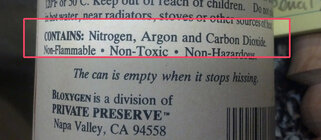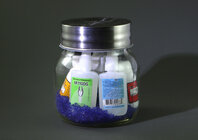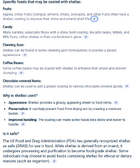Shellac is my go to finish on my film finished bowls. Up until now, I have been buying the Zinzer stuff, but am trying to transition to making my own to save money. I have tried to make 2# (2oz. flakes to 8 oz. alcohol) and 3# (3 oz. flakes to 8oz. alcohol), but, after three days and dozen of shakings on the jars, I still have a lot of undissolved flakes on the bottom of the jar. I am using 99% pure isopropyl alcohol as a solvent.
Having run into this problem first with the 2#, I ground the flakes into fine powder before I mixed the 3# cut. Same results.
Any advise? I feel I am doing something wrong, but I don't know what.
Having run into this problem first with the 2#, I ground the flakes into fine powder before I mixed the 3# cut. Same results.
Any advise? I feel I am doing something wrong, but I don't know what.




